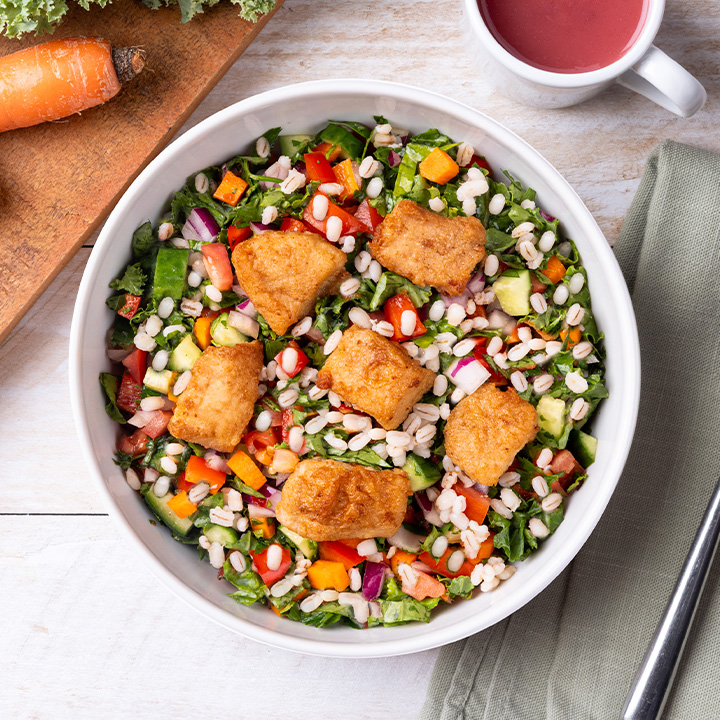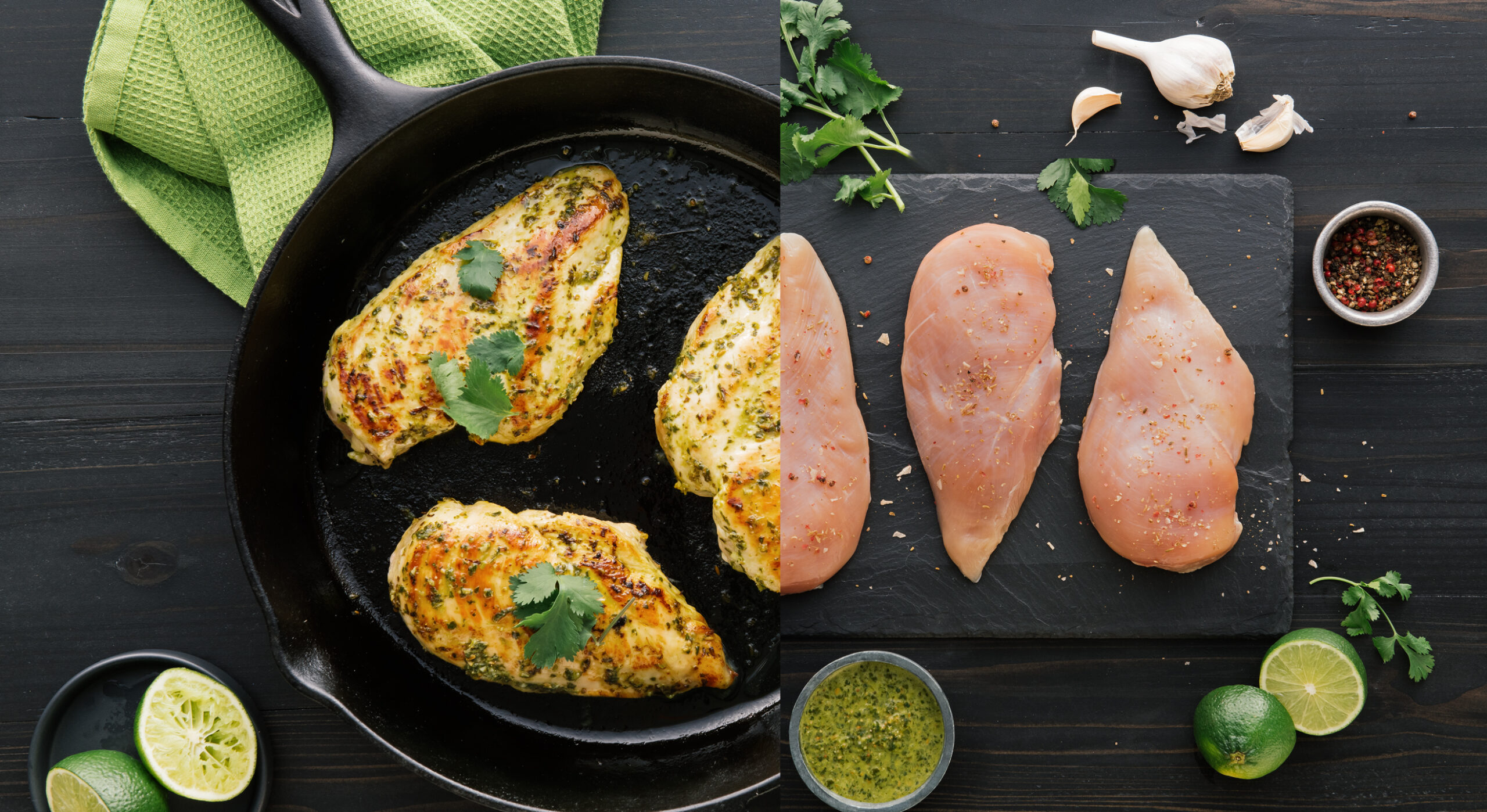Trying to eat healthier but overwhelmed by nutrition advice? Understanding macronutrients is your first step toward a smarter approach. What are Macronutrients? Key nutrients our body needs to function optimally: Protein, Carbohydrates, and Fats. From energy production and brain function to muscle repair, each macronutrient plays a unique role in our diet.
Protein
Protein is often called the building block of life—and for good reason. It’s made up of amino acids that help your body build muscle, repair tissue, support metabolism, and keep you feeling full. Protein can be found in both animal and plant-based foods.
There are two types of protein:
Animal-based Protein: chicken, beef, pork, fish. Cooking methods like grilling chicken can help retain its lean protein quality without adding excess fat. Always remember to cook chicken to the safe internal temp of 165°F for best results and food safety.
Plant-based Protein: lentils, beans, nuts, seeds, and some vegetables.
What is the difference between animal-based and plant-based protein?
Animal-based proteins are considered complete protein sources because they contain all nine essential amino acids. In contrast, plant-based proteins often need to be combined to form complete proteins.
If you’re wondering how to make chicken crispy without frying, try using an oven or air fryer—both help lock in flavor and create a satisfying crunch while keeping your meal lighter.
Fats
Fats do more than provide energy—they support vitamin absorption, hormone production, and brain health. Some, like omega-3s, are essential fatty acids your body can’t produce and must come from food.
Recently, there’s been a ton of controversy over fats. Before we go further, let’s separate fact from misconception.
“Fat makes you fat”
Although it’s the same word, fats are not the direct cause of weight gain. Excess calories of any macronutrient can lead to weight gain.
“All fats are bad”
There are two kinds of fats: saturated and unsaturated. Saturated fats tend to come from foods such as butter, which, when consumed in higher quantities, can lead to higher cholesterol and blood pressure. Conversely, unsaturated fats contain omega-3s and essential fatty acids our bodies can’t produce, so we must get them from food.
“Low-fat diets are healthier”
Fat is an essential nutrient that helps transport fat-soluble vitamins in our body. Low-fat diets also tend to substitute fat with foods high in sugar.
What are healthy fat sources?
- Avocados
- Nuts (peanuts, cashews, almonds, etc.)
- Seeds (flaxseeds, pumpkin seeds, chia seeds, etc.)
- Olive oil
- Fish
- Meat (chicken, beef, turkey, pork, etc.)
- Dairy (milk, cheese, yogurt, etc.)

Carbohydrates
Carbohydrates are your body’s primary energy source, fueling everything from exercise and movement to brain function. They help preserve protein for muscle repair, and support digestion and metabolism—especially when rich in fiber.
What are great sources of protein that are low in carbs?
Lean proteins, which are naturally low in carbs, can give you the protein boost you’re looking for while keeping your carb intake in check.
Balanced Choices Made Simple
Combining these macronutrients—protein, carbs, and fats—helps keep your meals balanced and your body performing at its best. For a convenient way to hit your macro goals, frozen chicken is healthy when it’s made with clean, real ingredients. Just Bare chicken products are minimally processed, packed with high-quality protein, and designed to fit your balanced macro lifestyle.
If you’re short on time, try our Just Bare Oven Roasted Chicken Breast Bites—they’re packed with 20 grams of protein per serving and just 4 grams of fat, including beneficial poly- and monounsaturated fats. They deliver the flavor and texture you crave, making them one of the healthiest frozen chicken nuggets available for quick meals or snacks.
Whether you’re focused on macros, meal prep, or just plain great taste, Just Bare makes it easy to eat smarter without sacrificing flavor or quality.
† Federal regulations prohibit the use of hormones or steroids in poultry.
‡ Chickens are free to roam in barns
